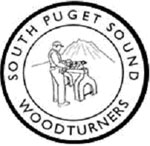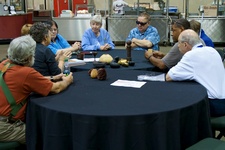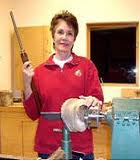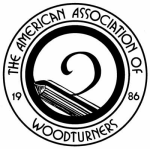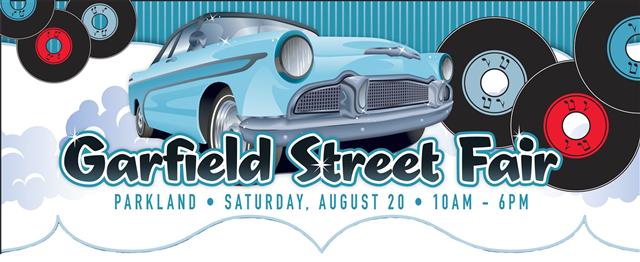 The SPSW is going to participate in this year’s Garfield Street Fair in Parkland. We are in desperate need of people to help. We will be turning pens at this event. If you have any spare time on August 20th we can use your help. We also need help with mini lathes, turning tools and pen mandrels; not to mention sanding supplies and polish. The pen blanks and pen kits will be provided.
The SPSW is going to participate in this year’s Garfield Street Fair in Parkland. We are in desperate need of people to help. We will be turning pens at this event. If you have any spare time on August 20th we can use your help. We also need help with mini lathes, turning tools and pen mandrels; not to mention sanding supplies and polish. The pen blanks and pen kits will be provided.
Please get in touch with Craig Chatterton at 253- 848-4205 or chatterwc @ yahoo .com as soon as possible. This should be a very fun event and there are over 100 vendors, food and bands. This would be a great family event for a pleasant Saturday afternoon
You can find out more about the event as well as see a list of vendors at: http://shopgarfieldstreet.com/default.aspx
With enough support you will only have to help for a minimum of time. And, if you haven’t turned pens before, this would be an excellent opportunity to learn.
This is your chance to be a true supporter of the club instead of just being a spectator.
Again, this can be a wonderful family event. In other words, bring your spouse, your kids, your grand kids and help support the best turning club in the state.
